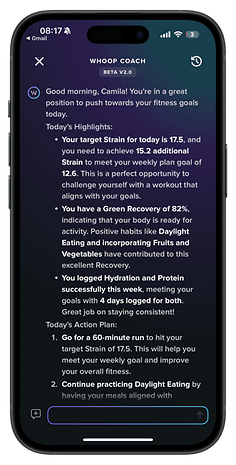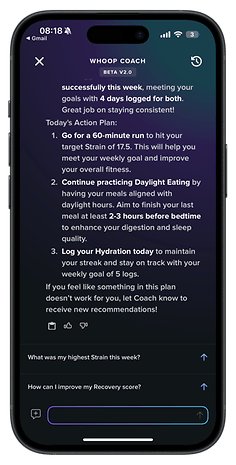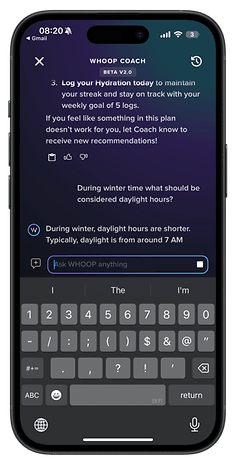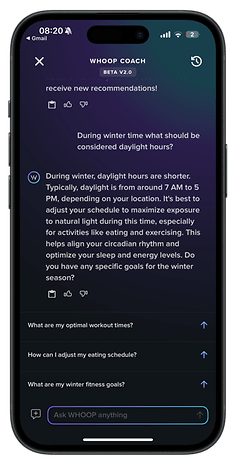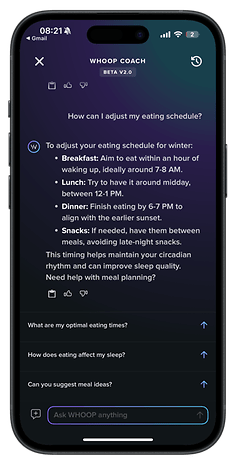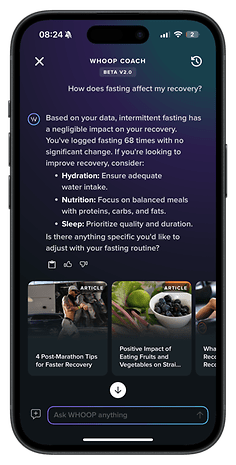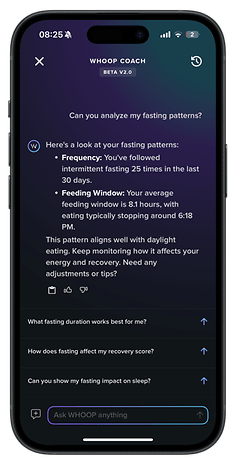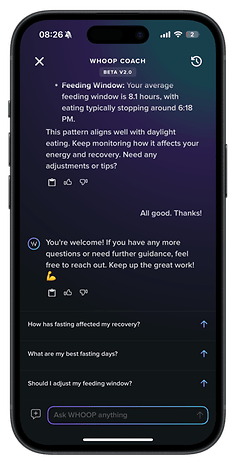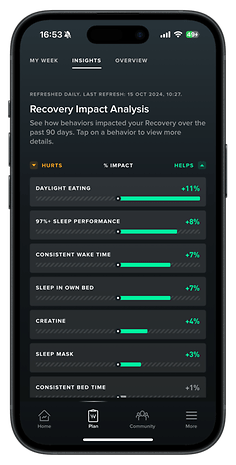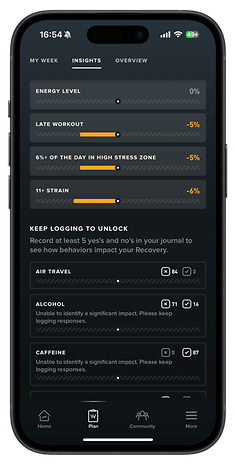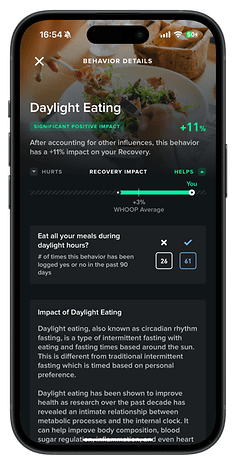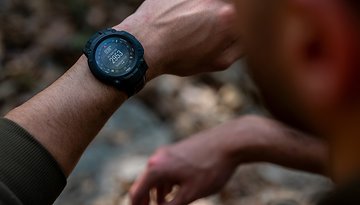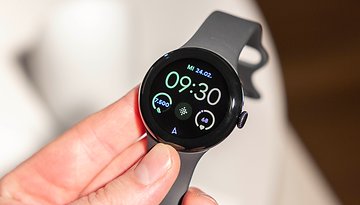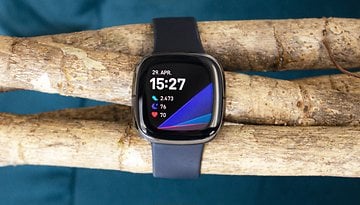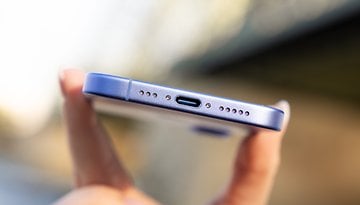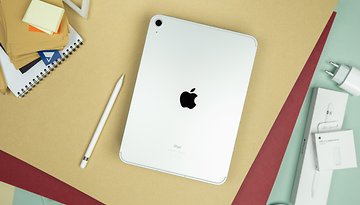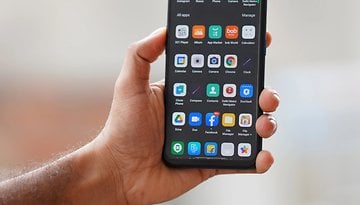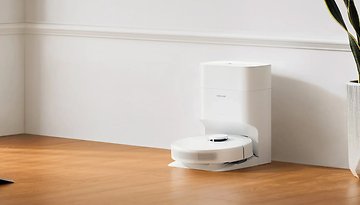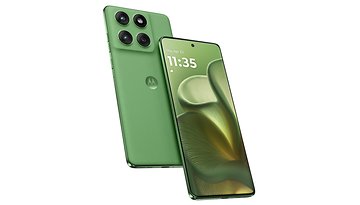From Step Counters to Smart Coaches: The Impact of AI on Wearable Devices


Wearables are getting smarter, and AI is leading the charge. Every month seems to bring a fresh AI-powered feature from a new wearable company or an update from the old guard. Take Fitbit, for instance—they just rolled out a smarter health service thanks to a Gemini update. This got me diving deep into the world of AI coaches on wearables. The results? Some companies have really fine-tuned their AI, proving that AI isn’t just an add-on—it’s a game-changer for wearable tech.
In today’s fast-paced digital health landscape, AI has evolved from a mere tool to a trusty co-pilot (no pun intended) on our wellness journeys. As Ethan Mollick discusses in his book Co-intelligence, AI is now a collaborator, helping us make complex decisions on the fly. This shift is nowhere more apparent than in wearables, where AI-driven coach assistants are reshaping our approach to health, fitness, and overall wellness.
Brands like Whoop and Garmin are at the forefront of this movement, offering more than just raw data. They deliver a nuanced, personalized understanding of our bodies, optimizing everything from our daily routines to our long-term health aspirations. Some skeptics worry this could sideline fitness professionals like personal trainers, complicating AI implementation. But I see it differently.
The rise of AI-powered assistants in wearables marks a new era in human-machine interaction—where technology doesn’t just monitor us but actively guides our health decisions.
From Wearable Trackers to AI Coaches
For long-time wearable enthusiasts, the transformation from basic fitness trackers to AI-driven coaches has been nothing short of revolutionary. Remember when wearables were all about counting steps or tracking sleep hours? Fast-forward to today, and these devices have morphed from passive data collectors into proactive health allies.
Take my experience with the Whoop 4.0 (review). What began as a simple metrics tracker has evolved into an AI coach that deciphers data, providing real-time insights and long-term health strategies. My Whoop AI coach alerts me when I need more recovery time and helps tweak my behavior to boost performance. The more data it gathers, the sharper and more personalized its advice becomes—a win-win for dedicated users.
For example, my AI coach offers actionable tips tailored to my habits, like optimizing meal times and hydration based on my fasting and recovery data. This level of personalized coaching required hours of research and expertise in the past. Now, it's all available at my fingertips in seconds, thanks to AI.
Of course, there’s room for improvement. The AI could delve deeper, offering more context-rich explanations rather than repetitive, generic advice on hydration and sleep. Advanced users like me crave more nuanced, scientifically-backed insights.
Nonetheless, these AI coaches do more than just display metrics. They interpret patterns, spot anomalies, and predict outcomes, making fitness tracking a more dynamic and engaging experience.
AI Coaches in Wearables: The Garmin Approach
While I’m a loyal Whoop user, Garmin has been quietly developing sophisticated AI assistants in their devices for years, focusing on intelligent coaching to elevate user performance. Unlike the general smart assistants from Apple and Google, Garmin’s AI is all about personalized health and fitness experiences.
Garmin’s AI features shine in the realm of outdoor fitness, fine-tuning training regimens with predictive analytics on recovery time and training load. During my marathon training, I stumbled upon an article by Runner's World editor Jeff Dengate. As an experienced marathoner, Jeff tested Garmin’s AI coaching for his race prep, and his insights hit close to home since I was also using wearables to crush my marathon goals.
- Comparison: Which Garmin smartwatch is the best for you?
With a Garmin watch, Jeff followed a personalized plan that adjusted workouts based on his performance data—heart rate, pace, recovery—you name it. The Garmin AI provided structured workouts, pacing strategies, and rest recommendations, adapting as he progressed. Jeff loved the data-driven plan that optimized his performance and helped prevent overtraining.
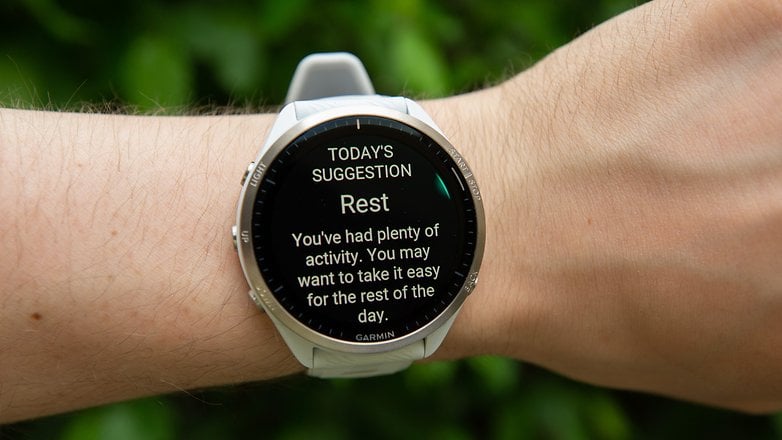
However, he noted a limitation: the AI couldn’t factor in subjective elements like his daily mood or offer the motivational boost a human coach provides. While Garmin’s AI coaching is excellent for structuring and monitoring training, it doesn’t fully replace the personalized touch and support of a human coach.
This observation reinforces my belief that AI-powered wearables are transforming digital health coaching by interpreting complex data and delivering personalized insights—without sidelining the human element.
AI and Personalized Health: The Game Changer
Whoop and Garmin exemplify one of AI’s most transformative roles in wearables: delivering personalized health insights. Gone are the days of generic advice based on broad datasets. Today, AI offers tailored feedback that adapts to each user’s unique health patterns—a true game-changer for individuals like me.
For instance, my Whoop AI coach continually refines its recommendations based on months of data. If I’m stressed or haven’t slept well, it suggests taking a rest day or opting for a lighter workout. It even helps optimize my sleep schedule by analyzing recovery patterns and offering tips to enhance rest quality.
This level of personalization, once exclusive to one-on-one coaching, is now accessible to anyone with a wearable.
AI Bridging the Gap Between Genders in Health Data
AI-powered wearables also hold the potential to address the persistent gender gap in health data. Caroline Criado-Perez highlights in Invisible Women how medical and health data has historically been male-centric, leaving women and non-binary individuals underrepresented. This imbalance has created significant gaps in understanding and addressing the specific health needs of these groups.
AI can bridge this gap by providing precise, individualized insights tailored to the unique needs of women and non-binary users. Features like menstrual cycle tracking and AI-driven analysis offer personalized health recommendations based on hormonal changes, allowing me to better manage my cycles and adjust fitness routines in sync with my body.
These innovations are crucial as health needs vary across life stages—from pregnancy to menopause. AI’s real-time data analysis can significantly improve health outcomes for all users.
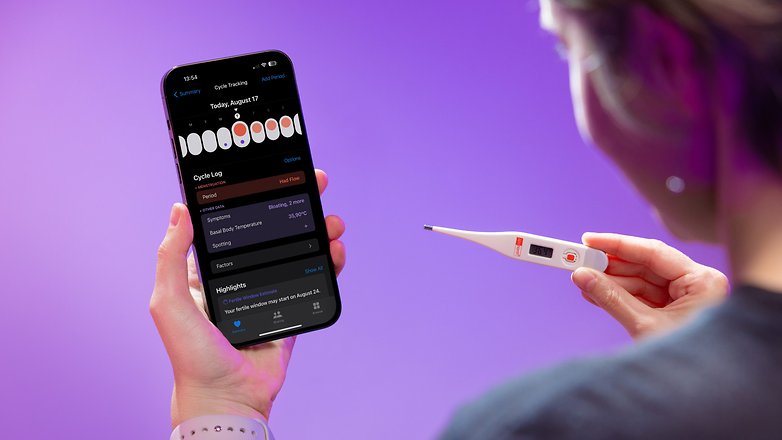
As awareness of non-binary health needs increases, I see AI-driven data collection and analysis in wearables paving the way for more inclusive and personalized healthcare. Advanced algorithms allow these devices to adapt to diverse physiological profiles and health metrics, ensuring that data collection and insights are tailored to each individual’s unique identity.
Moreover, depending on their training data, AI systems can potentially reduce biases present in human professionals, promoting fairness and equality in health monitoring. This customization not only enhances the accuracy of health monitoring but also fosters a more equitable healthcare environment, ensuring no one is left behind in the pursuit of better health.
Even so, to be considered truly reliable and inclusive, AI models must clear rigorous checks for bias and discrimination. A recent EU AI Act compliance report sounded the alarm, with tests by LatticeFlow, an AI fairness watchdog, rating OpenAI's “GPT-3.5 Turbo” at 0.46 out of 1. Even top-tier models are struggling to meet these standards, highlighting the need for sharper focus on training data.
Yet, companies like Whoop can still tap into third-party LLMs, refining their own data to craft smarter, proprietary AI solutions that are both innovative and inclusive.
The Challenges Ahead: Privacy and Data Security
As wearables gather more personal health data, privacy and security concerns loom large. In a previous article on data protection and security in digital health, I emphasized the importance of safeguarding sensitive health information from breaches. With AI assistants accessing vast amounts of data, the question of data ownership and control becomes critical.
From what I know about devices like Whoop and Garmin, protecting user data is a top priority. Whoop employs encryption to secure health data, giving users control over their information. Garmin also utilizes secure storage and strict access controls, as detailed in their privacy policies.
However, as AI assistants become integral to daily health management, users must stay vigilant about how their data is used and shared. The surge of AI-driven wearables should spark further conversations about the ethical implications of data ownership, especially as these devices collect increasingly personal insights into our health and well-being.
What’s Next?
At the start of the year, when I began using AI coaches on devices like smartwatches, fitness trackers, and smart rings, I thought it would take time to see significant improvements. By mid-October, my perspective had shifted—AI had already made substantial strides. Looking ahead, the future of AI in wearables is incredibly bright.
As these devices continue to amass data and refine their AI algorithms, we can anticipate even more personalized health insights and predictive analytics. Wearables are set to evolve into true AI companions that not only track daily health metrics but also forecast long-term health trends and risks.
Imagine wearables capable of detecting early signs of chronic diseases, offering users a proactive approach to managing their health. AI could also narrow the gap in women’s and non-binary health data, providing deeper insights into previously understudied healthcare areas.
While privacy and inclusivity challenges persist, the potential for AI to revolutionize digital health is undeniable. As AI becomes more integrated into our lives, wearables transcend their gadget status—they become essential tools for navigating the future of personalized health.
Before wrapping up, I want to stress that my stance on AI isn’t about replacing professionals—it’s quite the opposite. I believe AI will enhance personal trainers’ roles by gathering data and providing precise analytics for each individual. However, as humans, we still need to apply critical thinking to AI’s analysis. Engaging actively with our coaches on topics that matter to us remains crucial, rather than just passively receiving information.
